Max Mara’s Collezione Maramotti, Where Contemporary Art Meets Experimentation

Collezione Maramotti is more than just a gallery. Sure, there’s the stunning collection of contemporary art assembled by Max Mara’s Maramotti family over the years. But it’s also a hotbed of activity, where experimentation is ongoing — as is the discovery of new artists.
The collection has a sentimental value as it was initiated and built over the years by Max Mara founder Achille Maramotti, who died in 2005. Maramotti, who also collected art from the 16th and 17th centuries, passed his passion on to his children Luigi, Ignazio and Maria Ludovica, who continued to contribute to the development of the collection.
More from WWD
Parisian Gallerist Emmanuel Perrotin on Taking a Page From Fashion's Playbook
Palo Gallery Examining the Power of Portraiture in the 21st Century
“For me, Collezione Maramotti is a permanent laboratory and a place to develop projects and creativity, which is not subjected to constraints and conditionings,” says Luigi Maramotti, chairman of Max Mara Fashion Group. “But it is also a private collection of contemporary art from 1945 until today to which I am obviously very attached because it was established by our family over the past 60 years, starting with the contribution of my parents.”
Collezione Maramotti opened in the fall of 2007 in Reggio Emilia, Italy, the town where Max Mara is headquartered and a 90-minute drive east of Milan. However, true to the understated Maramotti style, the family shies away from any hype about the collection, focusing instead on simply the exploration of art.
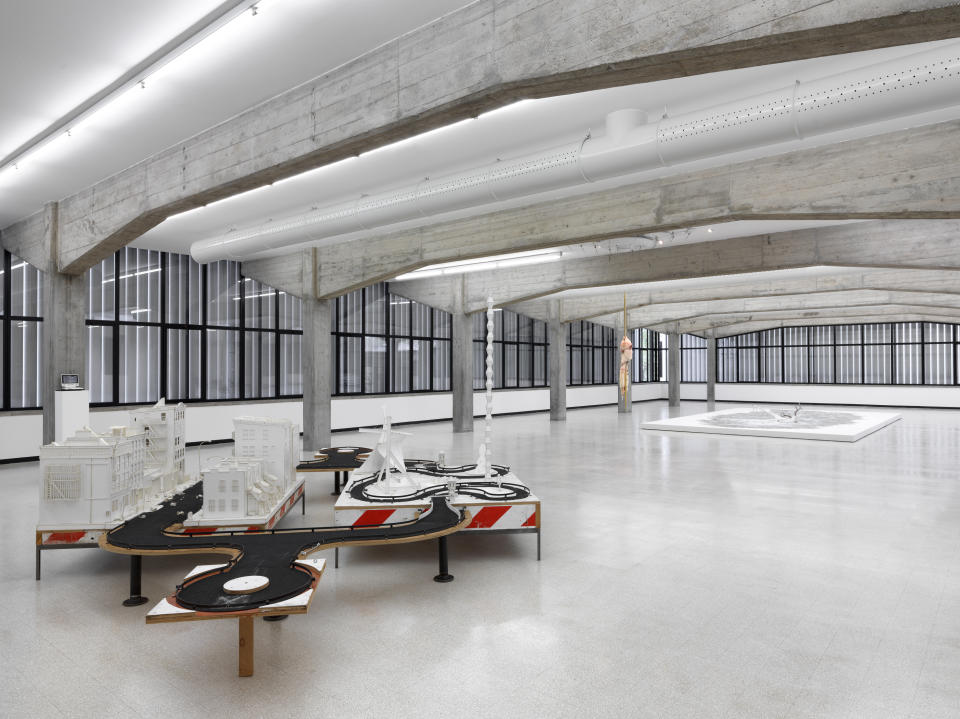
Achille Maramotti started collecting works in the ’60s, befriending many artists “and focusing on their works especially as they appeared on the artistic scene,” explains Sara Piccinini, director of Collezione Maramotti. The way the art works are displayed reflects how Achille Maramotti learned about the artists, his growing interest and how he acquired the pieces over the years.
The collection comprises more than 1,000 works by contemporary artists stacked away and about 230 pieces that are part of the permanent display in the building, which was the first Max Mara plant dating back to 1957 and was designed by two Reggio Emilia architects, Antonio Pastorini and Eugenio Salvarani. With the help of British architect Andrew Hapgood, the Maramottis converted the industrial building into the gallery space while maintaining its original floors and light, airy structure — a pioneering concept for the times. It’s surrounded by well-tended gardens and a park, while the library and the archives comprise more than 15,000 objects.
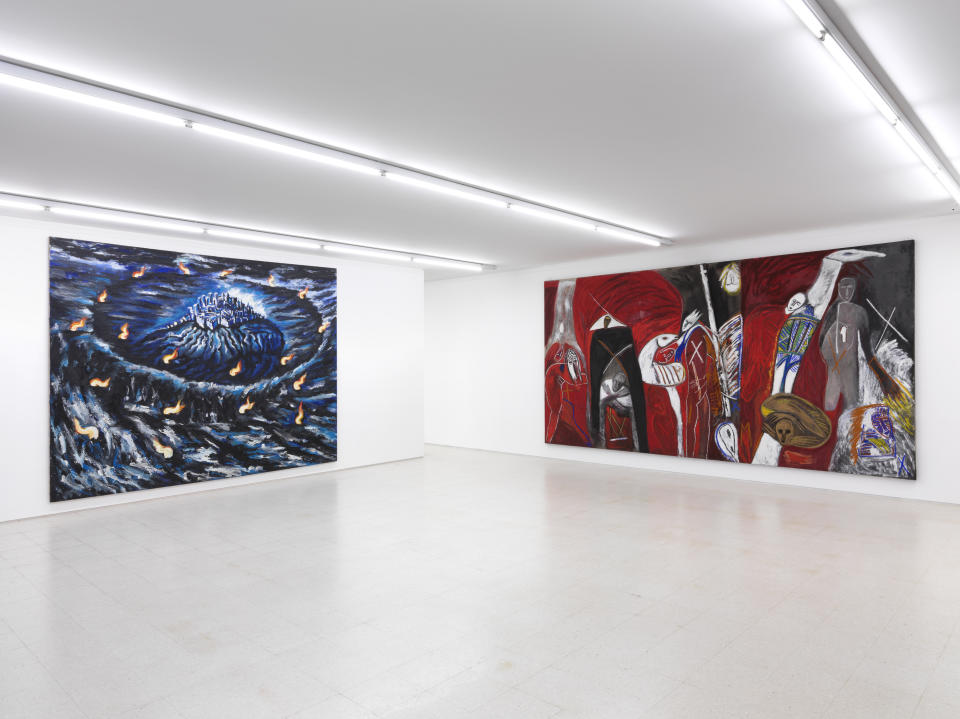
Achille Maramotti used to routinely display some of his art pieces at the plant so that the entire staff could enjoy them, and this democratic concept is also behind Collezione Maramotti, where visits are free. “The only limitation is that we allow a maximum of 25 visitors at a time to best enjoy the experience, always accompanied by a guide,” Piccinini says. To wit, there are no didactic panels or information cards near the works.
“We decided it should be accessible to the public for free since 2007 on certain conditions, to allow the experience of the visit to be particularly significant,” Maramotti says.
In addition to the permanent collection, temporary exhibitions and initiatives help create “a meeting point for a series of projects that we support within the area of contemporary creativity, not only in figurative arts but also in dance, music and photography,” he adds.
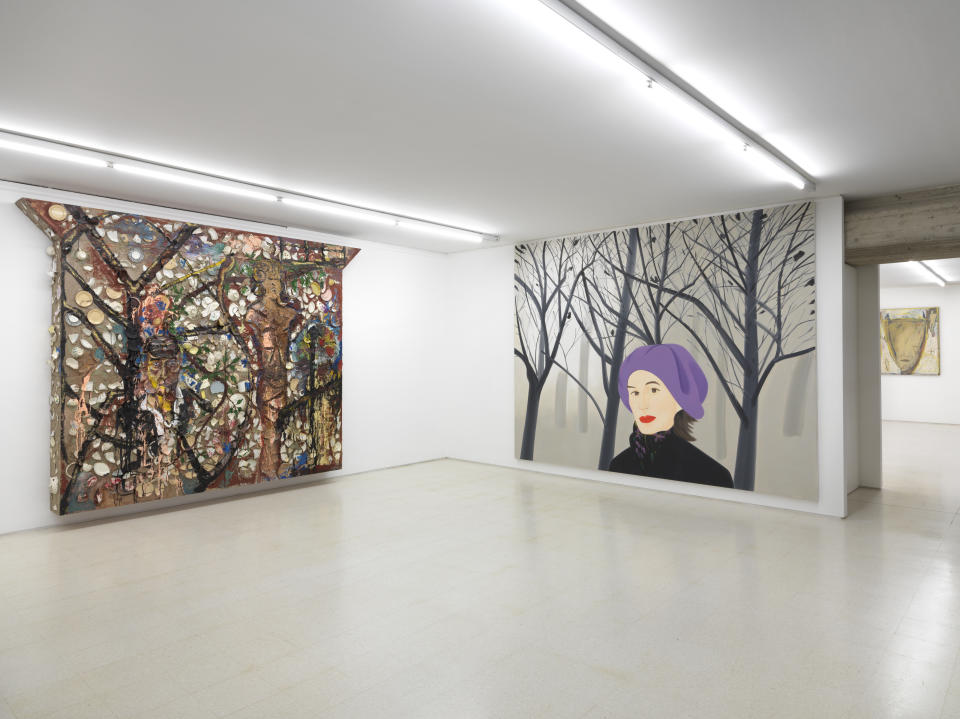
Case in point: Giulia Andreani’s first solo show at an Italian art institution, called “L’improduttiva [The Unproductive One],” was staged from October to March. Andreani is set to participate in the 60th International Art Exhibition of La Biennale di Venezia curated by Adriano Pedrosa as part of the Stranieri Ovunque / Foreigners Everywhere group show that will run from April 20 to Nov. 24 — reflecting Maramotti’s keen eye for scouting talent and contemporary artists.
The first watercolor that Andreani made for Collezione Maramotti was inspired by a photo from the early 1940s showing female students at the tailoring school established in Reggio Emilia by Giulia Maramotti, Achille’s mother. The gaze of one seamstress, who looks into the lens with a mocking smile, captivates the viewer, anchoring the artist’s reflection on women’s emancipation.
The artist applied thin layers of a single color, Payne’s gray, a bluish tone that adds a vintage touch. Andreani — who calls herself a feminist painter and researcher — says during a tour of “L’improduttiva” that she “raises questions about how women have been seen and represented in different eras, pointing out the power dynamics and dismantling gender stereotypes.”
Her paintings “grow out of photos and archival objects, letters and documents that are at risk of being lost, and which I recover, revisiting figures linked to women’s historical, social and cultural experience,” Andreani says.
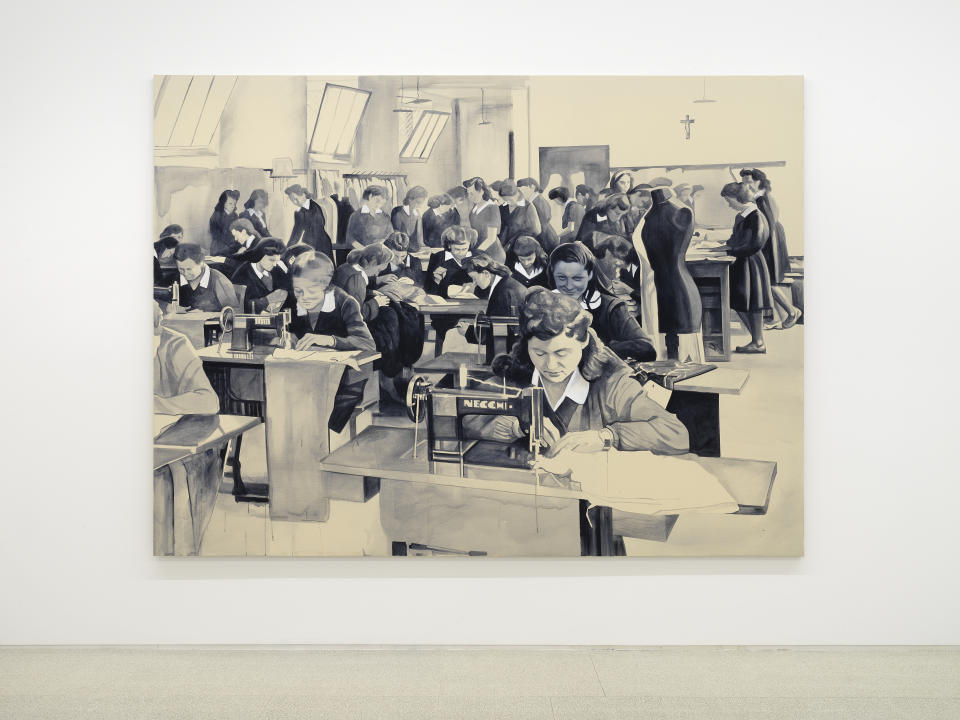
“Giulia has done a really extraordinary job of diving with a female gaze not only into the many archives of our city community but also in the less public one of the Max Mara company and of our family,” says Maramotti. “She did it with a feminine sensibility, having understood first instinctively and then through reason that these Emilian lands [the region where Reggio Emilia is located] have been very important in the history of Italy’s women’s emancipation in the past 150 years. This way, before setting herself at work, she distilled a series of images, ideas and stories, entwined and miraculously transformed through her brushstrokes, in very powerful images. I am grateful to her and I think that she was also happy to have accepted and completed such a demanding project.”
Collezione Maramotti has also been shining a light on the women’s universe through the Max Mara Art Prize for Women, in collaboration with London’s Whitechapel Gallery. The prize was launched in 2005 and is given every two years to promote artists living and working in the U.K. The winners receive a six-month residency in Italy, obtaining the resources to create important commissions that help them gain international attention.
Since the ninth edition, the prize has been curated and headed by Gilane Tawadros, the current director of Whitechapel Gallery. She succeeded Iwona Blazwick, who founded the first edition of the prize. The work of the winner is first exhibited at the Whitechapel Gallery and then at Collezione Maramotti, which buys it. Winners range from Margaret Salmon to Laure Prouvost, to Emma Hart and Helen Cammock, to name a few.
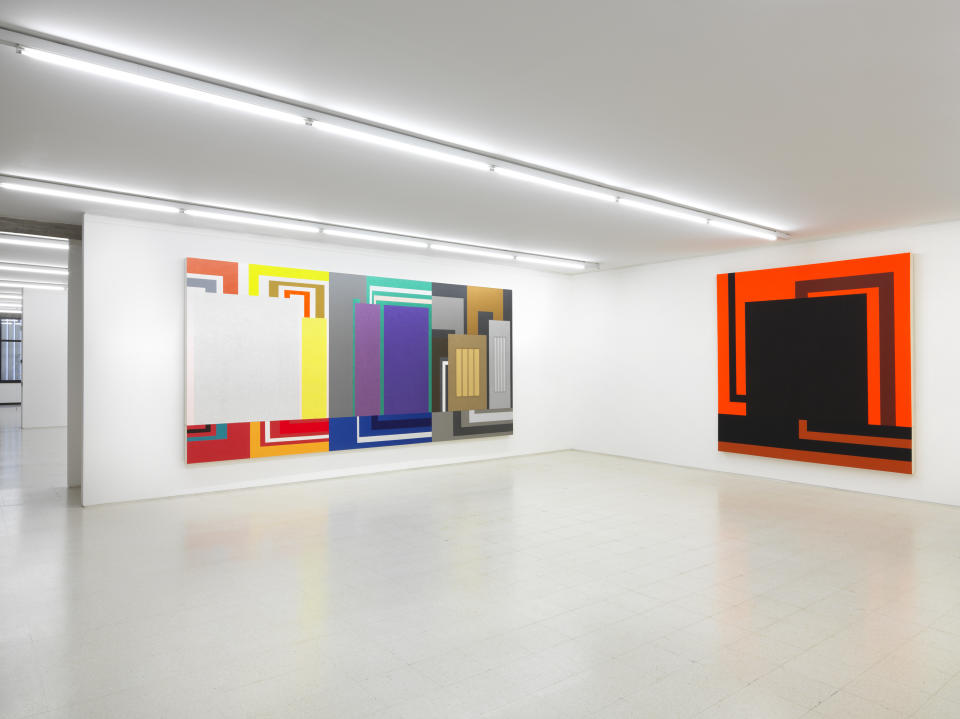
The permanent collection begins with Abstract Expressionist paintings from the ’50s, and a group of proto-conceptual Italian works. It continues with a selection of Roman Pop Art, and Arte Povera works, followed by Italian, German and American Neo-expressionist works. Next are works by the American New Geometry from the ’80s and ’90s, followed by more recent experimentations. In March 2019, for the first time, 10 rooms on the second floor of the permanent display were rehung to present some of the projects shown in the decade from 2008, by artists ranging from Enoc Perez to Chantal Joffe, among others, as part of Collezione Maramotti’s support of artists to create a new body of work. For this reason, says Piccinini, the collection is a “work in progress, continuing to document the evolution of contemporary art.”
The list of artists displayed throughout the 43 rooms is monumental, from Vito Acconci, Francis Bacon, Jean-Michel Basquiat, Sandro Chia and Francesco Clemente to Lucio Fontana, Anselm Kiefer, Jannis Kounellis, Pino Pascali, Michelangelo Pistoletto, Gerhard Richter, Tom Sachs, Julian Schnabel and Bill Viola, to name a few.
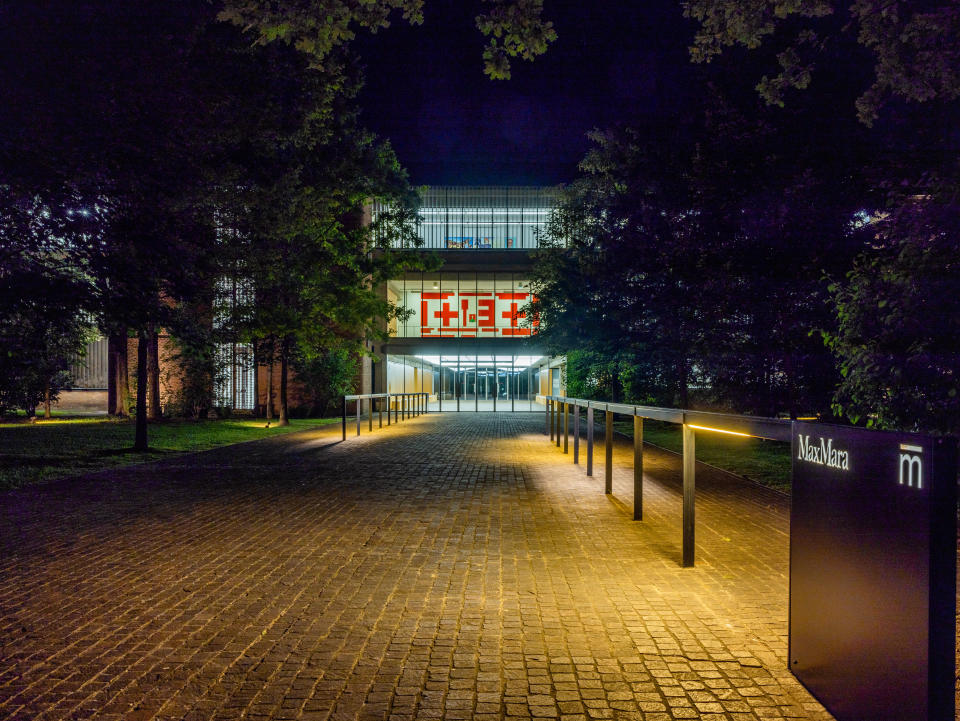
“Much has been said of contemporary art in the past 20 years and of the need to create spaces for its fruition, but often in a generic way and perhaps more in terms of quantity,” Maramotti says. “Our vision is perhaps a little selective, but the priority is to contribute to initiatives that allow artists with much potential and a lot of talent to express themselves at their best. Perhaps this is not sharing in a broad sense, but rather the act of offering to our visitors tools for a better individual understanding of art and the world that surrounds us. In addition, the fruition we offer of the permanent collection helps to understand the meaning and the uniqueness of the art works.”
Best of WWD

